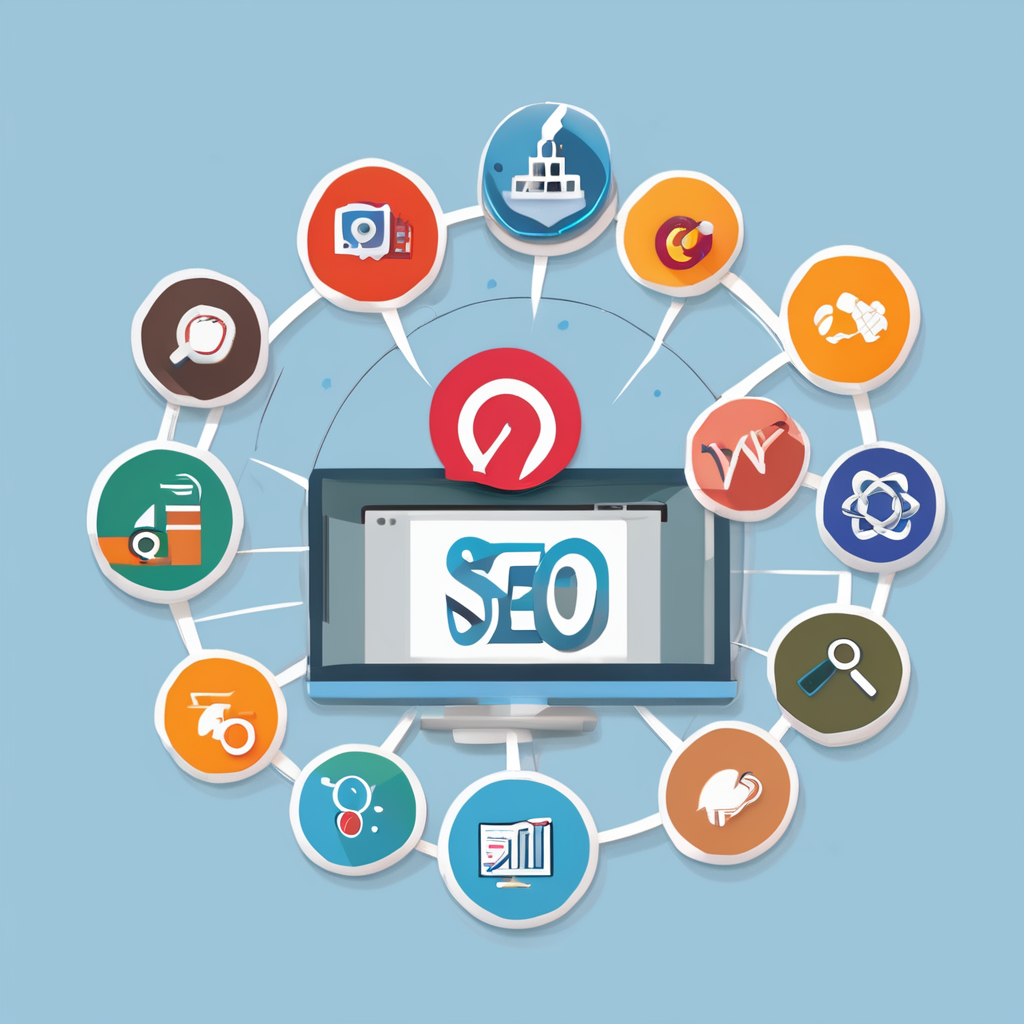Product Lifecycle Management (PLM) structures a product’s journey from design to disposal, weaving security protocols into every phase. Embedding cybersecurity early helps identify vulnerabilities before they escalate, reducing risks and protecting both data and reputation. By aligning development processes with security measures, PLM transforms product safety from an afterthought into a strategic advantage.
Comprehensive understanding of Product Lifecycle Management (PLM) and its role in cybersecurity and business efficiency
PLM stands for Product Lifecycle Management, covering the organized management of a product from its inception through engineering, production, support, and ultimate retirement. This holistic system involves the coordination of people, processes, data, and business systems with the goal of boosting business performance and mitigating risks. For an in-depth discussion, you can visit this page: Learn more here.
Topic to read : What Innovations Are Driving the Evolution of UK High-Tech Computing?
PLM starts with the concept phase, where ideas are generated and assessed for their feasibility. The focus then shifts to design and prototyping, integrating essential elements like regulatory compliance and security considerations from the beginning. These early decisions are not isolated—PLM systems support cross-functional collaboration throughout all product lifecycle stages, including development, testing, production, sales, and service. This integrated approach encourages transparent workflows, real-time data sharing, and automated documentation.
Cybersecurity is a central pillar when using PLM. Incorporating frameworks for product lifecycle risk management and cloud PLM security considerations at each stage, organizations can proactively identify vulnerabilities—whether in design, supply chain, or after-market support. Advanced PLM solutions also streamline compliance, ensuring alignment with evolving regulatory mandates and industry standards across the entire lifecycle.
Also read : What Future High-Tech Innovations Can We Expect From UK Computing?
Operationally, the use of PLM software solutions reduces development times, eliminates data silos, and enhances product quality through analytics, traceability, and lifecycle documentation standards. By automating repetitive tasks and monitoring key milestones, companies benefit from improved accuracy, efficiency, and agility in decision-making, leading to better business outcomes and long-term sustainability.
Key processes and tools driving effective PLM and security integration
Stages of the product development cycle and their cybersecurity touchpoints
Product lifecycle management relies on clear milestones across the stages of product development cycle: concept, design, prototype, production, launch, support, and retirement. At each transition, cybersecurity checks are necessary. Secure product data management integration at the concept and design phases helps identify and minimize digital risks early. During production and launch, cloud-based lifecycle platforms monitor vulnerabilities, while robust lifecycle project management techniques ensure traceable engineering change management, reducing the risk of overlooked security flaws.
Essential PLM software features and solutions for secure lifecycle management
Effective plm software solutions incorporate advanced product data management integration and engineering change management as foundational features. Key tools such as software lifecycle management tools provide continuous oversight, supporting lifecycle cost analysis and regulatory compliance. Digital twin technology in product management further strengthens risk detection: it mirrors real-world systems to enable proactive security responses before incidents escalate.
Cross-functional collaboration, supply chain coordination, and the importance of traceability within PLM
Integrated product and process lifecycle management requires cross-functional collaboration among departments and vendors. Supply chain integration with lifecycle processes is vital—linking the entire value chain and enhancing visibility. Traceability, via integration of PLM with ERP systems, enables organizations to promptly identify and isolate threats, making secure and transparent product lifecycle project management techniques indispensable.
Best practices and future trends in PLM-driven security management
Embedding security and compliance from design to end-of-life through PLM best practices
Security is embedded in lifecycle management best practices by integrating controls from the earliest stages and maintaining vigilance until end of life. Using digital lifecycle risk assessment tools during design ensures threats are identified and addressed before manufacturing. Regular reviews and updates follow through support and maintenance, minimizing vulnerabilities. Documentation standards reinforce compliance, while product lifecycle dashboards and reporting tools keep stakeholders informed at every phase.
Real-world industry case studies illustrating integrated PLM and cybersecurity strategies
Organizations using lifecycle knowledge management systems improve traceability and decision documentation. This provides a single source of truth, ensuring all design changes, audits, and updates support compliance—vital in highly regulated settings. Product lifecycle and end of life planning also reduces the risk of data and security oversights when decommissioning products.
Emerging technologies and their impact on product lifecycle optimization and security
Artificial intelligence in lifecycle optimization automates real-time threat detection and lifecycle cost analysis, allowing organizations to rapidly respond to cybersecurity issues. Digital twins offer virtual product models for continuous improvement, helping teams forecast risks and implement maintenance strategies that increase resilience.
Training, documentation, and maintaining a cyber-resilient culture
Lifecycle system user training ensures all staff understand their role in cybersecurity. Product lifecycle support and maintenance are enhanced through continuous improvement processes, promoting a culture that adapts to evolving threats and keeps products—and data—secure throughout their entire lifecycle.



